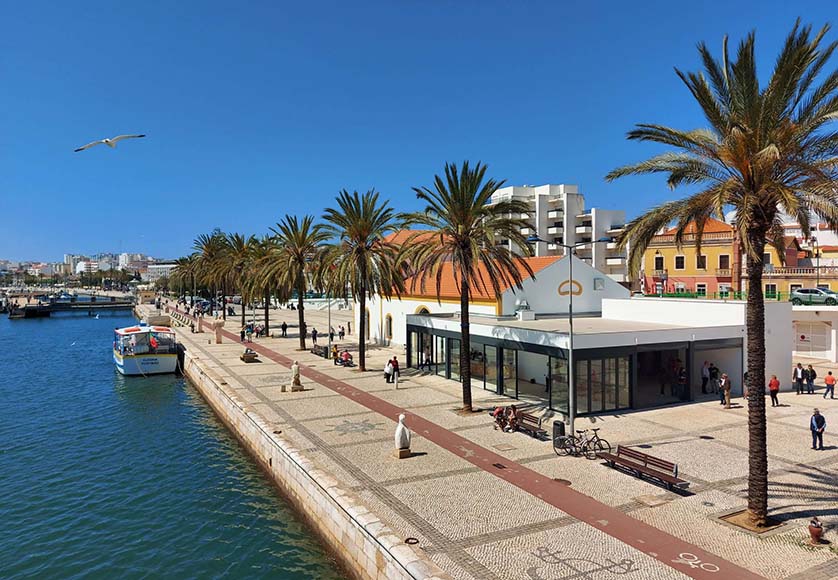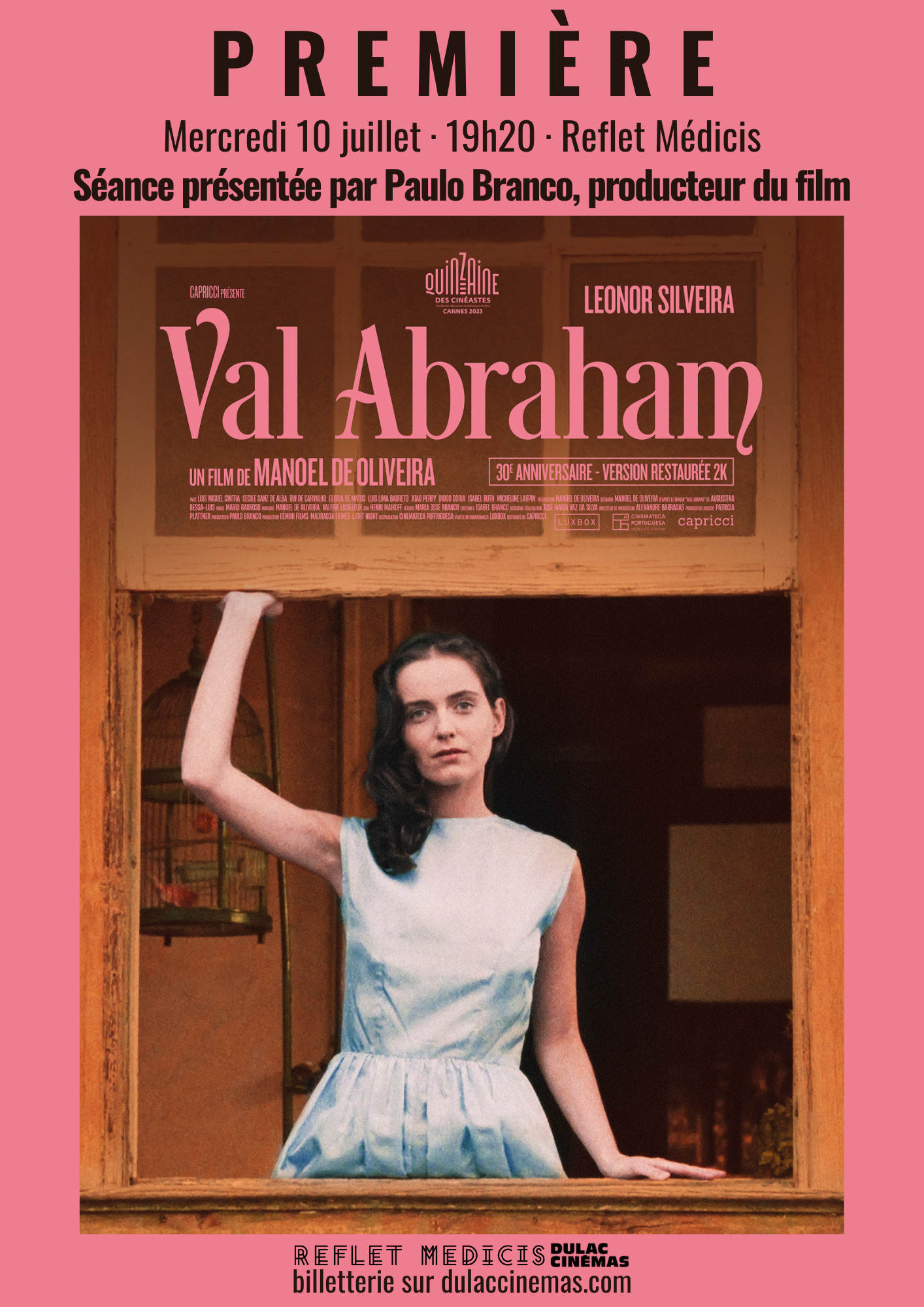
Now in its 23rd edition, the Grosilon Festival is a showcase of films shot in Madeira and the Azores from 1930 to the present day. A choice that also pays tribute to the strong Lusitanian community that arrived on the Morbihan island in the 1960s and 1970s.
Julio Teixeira (in blue and white), a Portuguese who arrived in Groix at a young age to work on the dam, alongside Jo Le Port (in fuchsia), a former sailor and bar owner. Pierre Le Tolzo for Télérama
Posted on August 21, 2024 at 12:00 PM.
ShN Festival on an Island tells the story of islands. The 23rdH The edition of the Groix International Island Film Festival (Fifig) is dedicated to the islands of Portugal, showcasing, within a rich programme, ten films shot in Madeira and the Azores between 1930 and today. Enough to attract a certain audience, particularly sensitive to this theme: about 10% of the Morbihan island's population of about 2,300 inhabitants are of Portuguese origin.
First there was a dam. In the mid-1960s, the Groix area, off the coast of Lorient, was in decline – the tuna fishing splendor of the early 20th century.H The century is too far away. “In fifty years, after not boarding the train of modernity – starting with the motor boat – the island has lost half its population, and the other half is getting older. Young people go to work on the continent and women no longer necessarily want to be farmers. Anne-Catherine Fenno-Juliecq, author of The Book of the Dead, explains:Historical calendar of the island of Groix (Ed. Groix, 2021). The mayor at the time, Joseph Bouillon, had the good idea of installing running water to revitalize the island. Why not get into tourism then? The site of Port Mellin to the north was chosen for the construction of a dam. A job that required a lot of hands. “But people here were more used to eating fish than building houses.” “In 1966, the Western Civil Engineering Society (SGCO) spread the word in the Paris region, where most of the Portuguese refugees who fled the Salazar regime lived. Construction workers and masons were needed in Caillou: about fifteen Portuguese went there,” says Jo Le Port, 75, a former sailor and bar owner.
More integrated than the Bretons on the continent.
Mireille Rodriguez, née Jennick, was not yet 15 years old when she first saw handsome Augusto on his yellow bike, returning from a construction site. When I saw him, I said: “He is him and no one else.” It's an evening in 1966, at the merry-go-round. (“jaw crusher”) From the Place du Leurhé, the deal was sealed. Despite their eleven-year separation and her mother's opposition, Mireille married Augusto in 1968. “Almost all the young workers married into Grozelon and stayed here.” She says, sipping her tea. It won't be Julio Teixeira, who arrived at a young age to work on the dam, who would contradict her: “The guys here were a bit jealous of us, we stole their girls. They all wanted to ride my motorbike. The last one to do it was my wife.” Their integration into island life goes well: they are not sailors, and they do not overwhelm the locals – except when it comes to girls. It happened that “foreigners” [appellation de toute personne née hors de l’île, ndlr], However, those coming from Lorient, on the other side of the arm of the sea, integrated less well, because they also wanted to work in fishing. Joe Le Port notes.

Mireille Rodrigues, married in 1968 to Augusto: “Almost all the young workers from Gruesilon married and stayed to live here.” Pierre Le Tolzo for Télérama
“After the dam, those who stayed set up construction companies and employed local people, who really needed them, He continues. They enrolled their children in schools and went to Mass, which enhanced their integration into local life. The Portuguese in Groix, who were satisfied with their situation, encouraged their relatives and friends to join them during the 1970s. Today, the third generation intends to take over the family business and continue living on the island. “They're as gross as the others, that's the point,” Mirai Slides. In the early years of the film festival's life, in the early 2000s, members of this community became involved in the organization, particularly by hosting artists. “In honor of this part of the population, the theme of Vivija 2024 was chosen.” “I want to bring the event’s ‘foreign’ audience closer to the island’s residents,” says Jane Hardy, co-artistic director. “This festival is also for them.”






